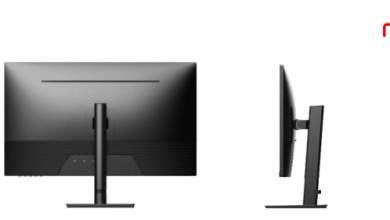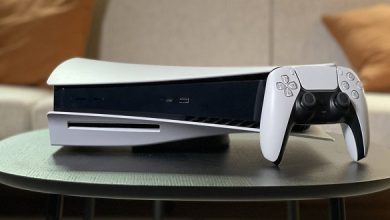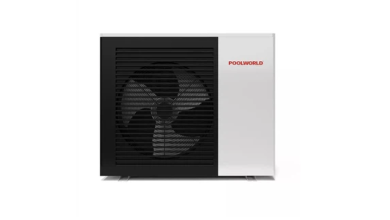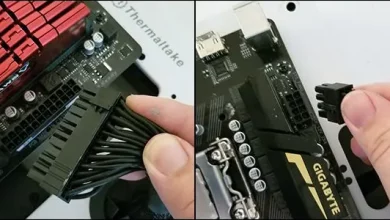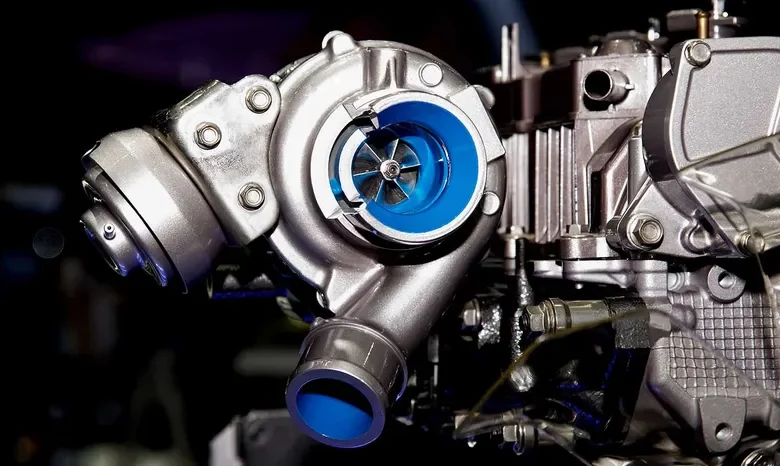
You’ve heard it so many times, but you never got a definitive answer to the question “how much horsepower does this engine add?”
The addition of a turbo kit is a common modification to an engine. This makes it more difficult than it appears. A single turbocharger can increase horsepower by 10% to 50%.
Operation and Maintenance of the Turbocharger
Jeremy Clarkson created the following definition for a turbocharger.
Turbochargers are devices that use exhaust gas to produce more thrust. Witchcraft makes you go faster.
A bonus to the quote is that the turbocharger actually functions as a turbine. Exhaust gases push the turbocharger forward and suction air into it to increase airflow. More air equals greater oxygen in the air-fuel mixture, which results in better fuel burning and more power being produced each cycle.
Check out this Moog Wheel Bearings Review
An intercooler lowers the gas temperature, a wastegate to restrict boost pressure and a blowoff valve eliminates any wasted pressure from the system.
Jason from Engineering Explained explains turbochargers in this short video.
Turbochargers increase horsepower by a specific amount.
Turbochargers can increase output by between 10% and 50%, as I mentioned at the beginning. This is a generalization and the actual power gain may be greater than 100%. To achieve this, it is essential that the fuel injection system be updated.
My favorite example of turbocharger benefits is the Volkswagen 1.9-liter R4 TDI turbocharged Diesel engine. There have been nearly a dozen versions of this engine, with power ranging from 74 to as high 158 horsepower.
Popular engines include turbo and bi-turbo. Twin-turbo refers to an engine with six or more cylinders. It uses two identical turbines to distribute the load. A bi-turbo system is one that has both a small turbocharger and a large turbocharger. Turbo-lag can be minimized by using a smaller turbo at lower RPMs. However, power is significantly increased by using a larger turbo at higher RPMs.
Engine blocks with six to eight cylinders can have a quad-turbo arrangement. A quad-turbo system can double the horsepower of a naturally aspirated engine.
Turbo Boost – What is it and how does it work?
Turbo boost is when a turbocharger raises pressure above atmospheric pressure. This metric represents the difference in pressure between the intake manifolds and the surrounding air. A higher psi (or bar) value equals more power. This is expressed in PSI/BAR.
The turbocharger and engine could be damaged if the engine is boosted beyond its safe operating limits. This can lead to knocking, overheating and pre-ignition and even component failure.
What is Turbo Lag?
Turbochargers use exhaust gases as a catalyst to push more air into their intake. Turbo lag is a result.
It is not possible to notice an increase in power by reducing the engine’s rev range. This car will make you feel as if you are driving a naturally-aspirated engine. You can feel the power surge when you raise the RPM enough to activate it.
Turbolag is inevitable with single-turbine engines that have turbocharged output. Turbo lag is a sign of increased pressure and turbine size. The larger the turbine, the sooner it can boost due to the increased pressure. On the other hand, small turbines can only provide a modest boost for a substantial amount of power at idle RPM.
Turbo lag can occur when you brake or move gears. This is normal. There are however a few ways to get around this problem.
Turbo big can be handled first by using the heel-toe method. After braking, apply the clutch. You may feel the clutch release your right foot with your heel when you are downshifting. To get the turbo boost to kick in quicker, release the clutch and place your foot on the pedal.
Some cars don’t allow heel-toe and it might be difficult to do so. Although the results are identical, the process can be a bit more tedious. First, take a break to allow your engine to slow down. As you shift gears, press your right foot a few times on the throttle.
A manual gearbox is required to use either of these approaches. These devices can be used to assist you if you are accelerating towards another vehicle but have the chance to pass it. Instead of waiting for the turbo’s to catch up, the car will be ready to go once the left lane is clear.
These two methods are used frequently by me when driving up hills. To avoid losing my momentum, I must slow down as soon as a sharp turn is around the corner. Turbo lag is reduced and I can maintain enough power to navigate the bend safely while increasing my top speed, if needed.
Turbocharger: Some Drawbacks!
Turbochargers offer many benefits. Turbochargers have many advantages. They allow you to put more power into smaller engines while using less gasoline than larger, normally aspirated motors.
Turbochargers have one major drawback: they make the engine more complicated. As you add more components, there is a higher chance of parts breaking. Although a single turbocharger is fine, if you have multiple turbines in your vehicle, think about the cost of replacing or fixing them.
Important Questions About Turbocharger
Do turbos provide greater power?
Turbochargers are the best way to increase your engine’s power, other than superchargers. However, they don’t expand the displacement of the car or cause excessive tolerances which would negatively impact the manufacturing cost. A supercharge can boost your car’s horsepower, but is it better for you to get a turbocharger? To find out, read this Roadcartel.com article entitled Turbocharger VS Supercharger.
At what RPM do turbochargers start to work?
You will need to crank the crankshaft at least 2,000 RPM in order to get a turbo boost. RPM is determined by the size of the turbine. Smaller turbines activate faster, but larger turbines produce more power in a bi-turbo configuration.
Does a turbo affect your car’s performance?
The factory-installed turbochargers are safe for your engine. The turbo boost is not harmful to the engine because of its design. You can modify the turbocharger standard or add an aftermarket turbocharger to cause damage to the engine.
A vehicle equipped with a twin-turbo engine is much more efficient.
This is true. Split exhaust manifolds are used to produce enough exhaust gases to fuel the turbocharger. This generates enough boost for all cylinders. Twin-turbo engines provide more horsepower than single-turbo ones, even though they have the same horsepower gain.
Summary
Turbochargers are required for engines with smaller displacements. They boost power and allow them to drive on open roads. Turbochargers may not be required for larger engines such as v6s and v8s. However, they can provide significant power increases.
Turbo charging is essential for all 4-cylinder vehicles. I highly recommend it to anyone considering automobile options. Turbochargers in trucks and SUVs are possible for all V8 engines, except for the largest.

